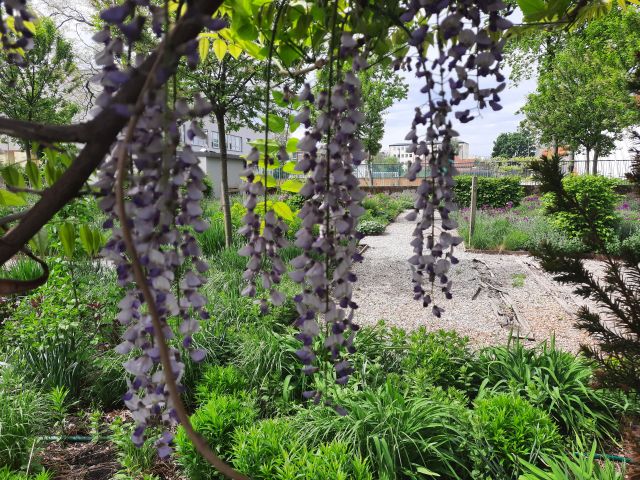 New time-laps video!
Ing. Viera Šajbidorová, PhD. · 14.06.2021 · News
New time-laps video!
Ing. Viera Šajbidorová, PhD. · 14.06.2021 · News
Smart honeybee hive in Interactive Experimental Garden
- News
- Ing. Viera Šajbidorová, PhD.
- 21.10.2019
Construction of the hive is type Langstroth which is the most worldwide used hive. This particular one uses Dadant system which means that the brood chamber is so called Jumbo and as honey chambers there are used 2/3 langstroths. Material used for hive’s body is 30mm thick Weymouth pine (Pinus sreobus). It’s light and it should be just enough to protect the bees and maintain the inner environment from harsh weather conditions.
What makes it different from regular hives and the reason why it’s called “smart” are the sensors attached to it. Altogether there are 6 sensors:
- Internal sensor for measuring temperature (-30°C to +80°C)
- Internal sensor for measuring humidity (0-100%)
- Internal sensor for measuring atmospheric pressure (hpa)
- External sensor for measuring temperature (-30°C to +80°C)
- External sensor for measuring humidity (0-100%)
- 4 loadcells working together able to weigh up to 200 kg
Inside the “box” is the controller board which receives data from sensors in regular intervals. Those are then summarized and send to server to sort and store. Data output is shown in several graphs.
Connection is realized through local wlan (wifi). If this type of connection wouldn’t be available, 3G/4G mobile network could be used.
The controller board is connected to cloud which is used to track it’s condition, uploading new firmware etc.
All the data we are getting from sensors can tell us what’s happening inside and outside of the hive as well as in what condition is the bee colony.
Link of the graphical output: http://bee.uniag.sk/d/j6HWye2Zz/spu-fzki-tulipanova-7
Thank you for cooperation Marek Urban and Ľuboš Határ, SUA in Nitra.
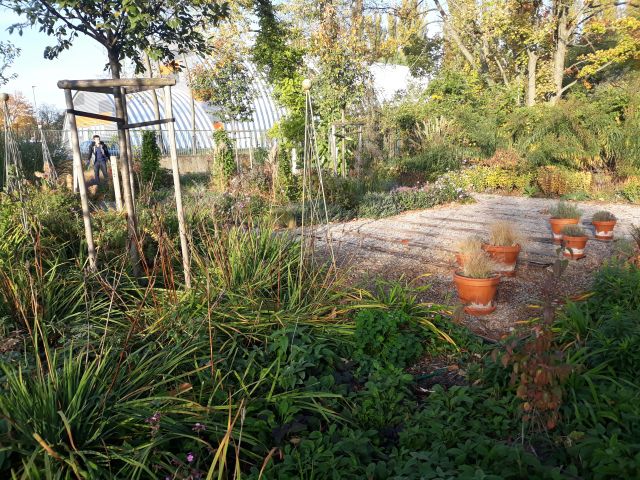
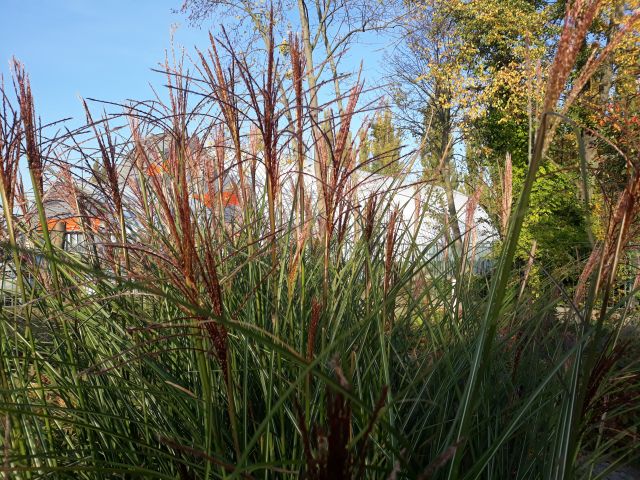
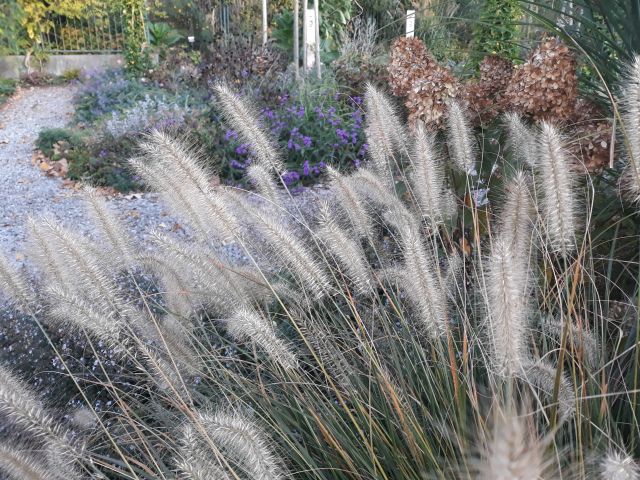
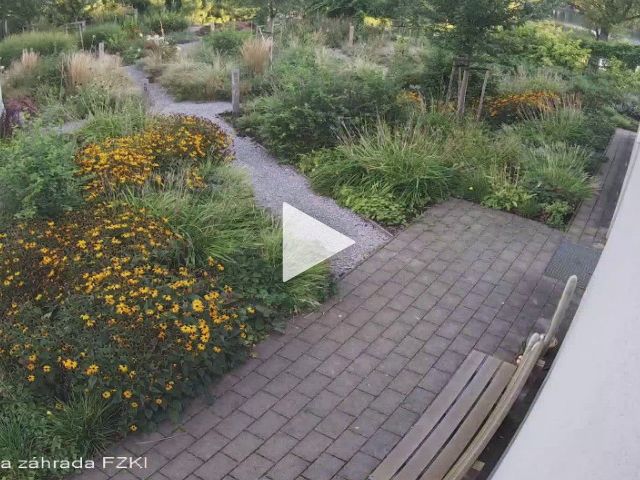 Time-lapse video from the Interactive Experimental Garden
Ing. Viera Šajbidorová, PhD. · 03.12.2020 ·
Time-lapse video from the Interactive Experimental Garden
Ing. Viera Šajbidorová, PhD. · 03.12.2020 · 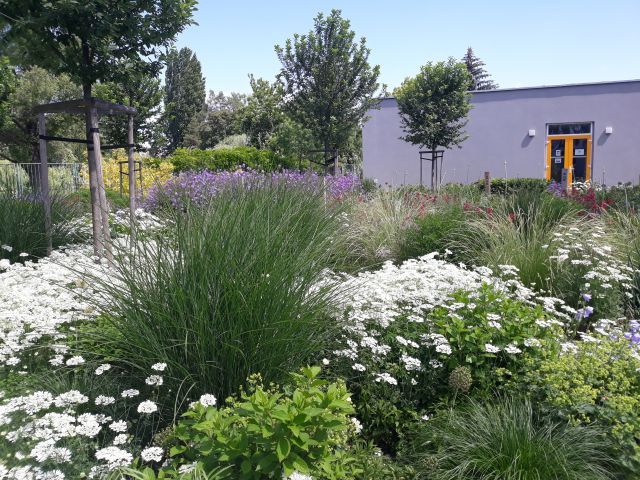 Opening Garden Weekend in October 2020!
Ing. Viera Šajbidorová, PhD. · 05.06.2020 ·
Opening Garden Weekend in October 2020!
Ing. Viera Šajbidorová, PhD. · 05.06.2020 ·